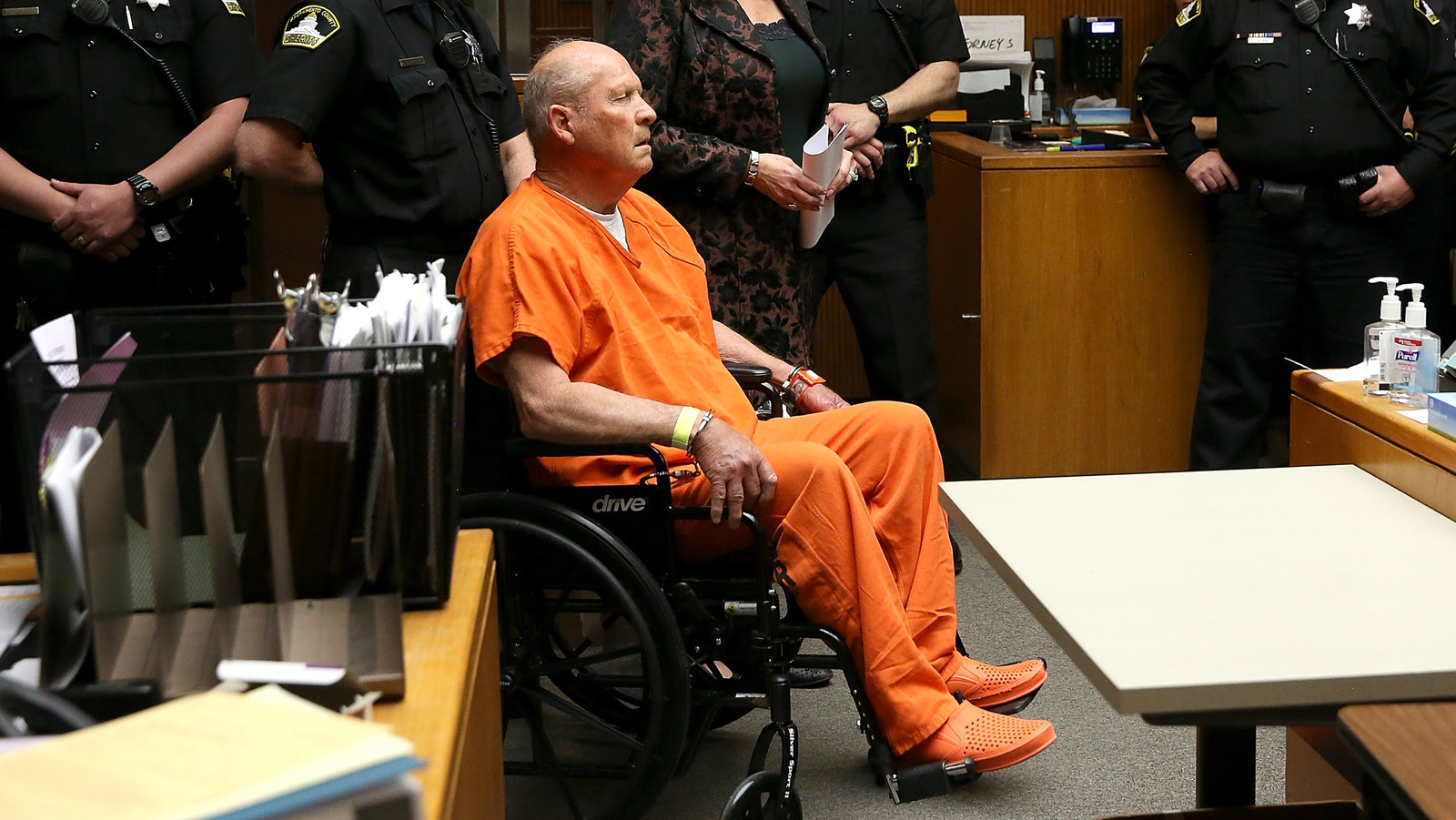
From his first known crimes to his 2018 arrest, Joseph DeAngelo spent over 40 years free. Yet, the evidence was there, from common patterns of behavior, consistent territories, and DNA evidence. So, why was he unheard-of before 2018?
For one, DeAngelo used his police training to avoid leaving evidence. He routinely wore gloves and a mask, meaning police couldn’t find fingerprints or get a good physical description from victims. Moreover, the killings seem to have stopped in 1986, when news of the first murder case solved by DNA evidence came to light. Perhaps DeAngelo, wary of new investigative techniques, was finally pressured to step back from his decades-long criminal career.
Then, there was the issue of inconsistent communication between law enforcement agencies, which made it all the more difficult to connect the dots. It wasn’t until retired police investigator Paul Holes turned to genetic databases that the picture became more clear. Using a DNA sample taken from the 1980 murder scene in Charlene and Lyman Smith’s home, Holes and his associates found distant relatives of the assailant in the GEDmatch database, using a process now widely known as “genetic genealogy.” Using careful genealogical research, investigators were finally able to track DeAngelo down through these relations. After tailing him and surreptitiously collecting DNA samples from a tissue and car door, they were able to confirm that he was a match for the crime scene material and the Golden State Killer was finally arrested.







